Decluttering trends we’ve fallen out of love with in 2023
Discover which decluttering trends to ditch, and what to try instead – according to the pros
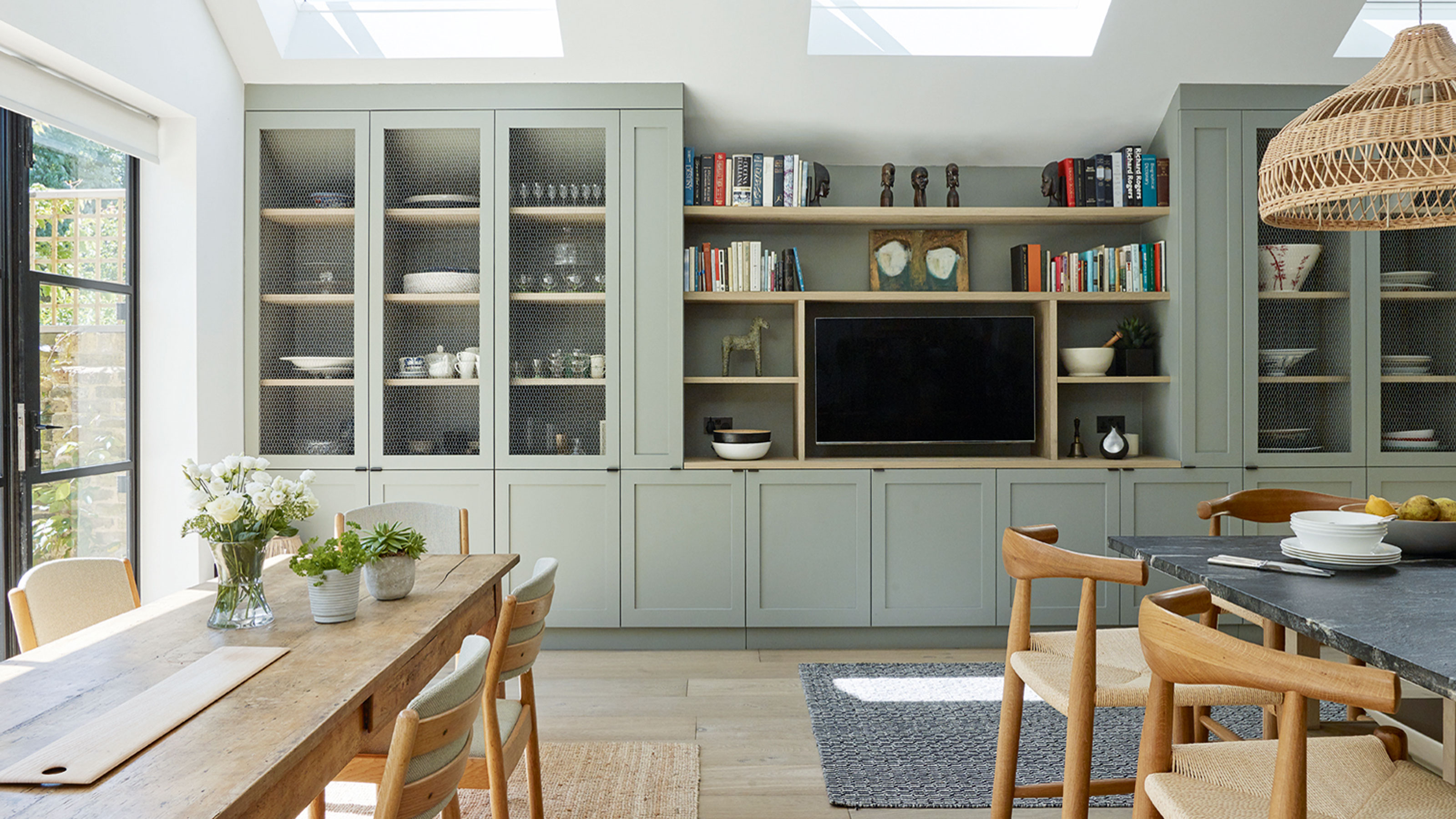
- 1. Committing to a specific decluttering strategy
- 2. Decluttering by category
- 3. Prioritizing ‘getting rid’ over sustainable solutions
- 4. Only keeping items that ‘spark joy’
- 5. Taking minimalism to the extreme
- 6. Big (but infrequent) decluttering sessions
- 7. Decluttering and organizing at the same time
- 8. Hanging onto ‘undecided’ items
- 9. Buying storage ahead of time
- 10. Overlooking digital clutter
- FAQs
With minimalist living more popular than ever, decluttering has never held so much value in our homes. From ruthless clearouts to structured strategies, there are all manner of methods, all with the same promise – to make our homes feel bigger, brighter, and generally better to be in – but which decluttering trends are truly upholding?
With so many decluttering tips and home organizing ideas to choose from, it makes sense to turn to trends for guidance. You only have to glance at Instagram and TikTok to see that most will yield clutter-free results, it’s true. However, don’t be swayed solely by those ‘inspiring’ before and after pictures – the process itself is just as important.
With that in mind, we’ve put together a few of the decluttering trends we’ve fallen out of love within 2023, as well as a few alternatives you might want to try instead.
Decluttering trends we’ve fallen out of love with
Decluttering is very much a personal process – it’s your home and your belongings. Some may find it harder than others, preferring a more gentle approach to a more ruthless one, and vice versa. With that in mind, it’s worth pointing out that while we may have fallen out of love with these decluttering trends, it doesn’t mean you have to. If they work for you, that’s great.
However, if you find yourself agreeing with a lot of what we’re saying, it’s definitely worth checking out the organizing trends we’ve fallen out of love with, too.
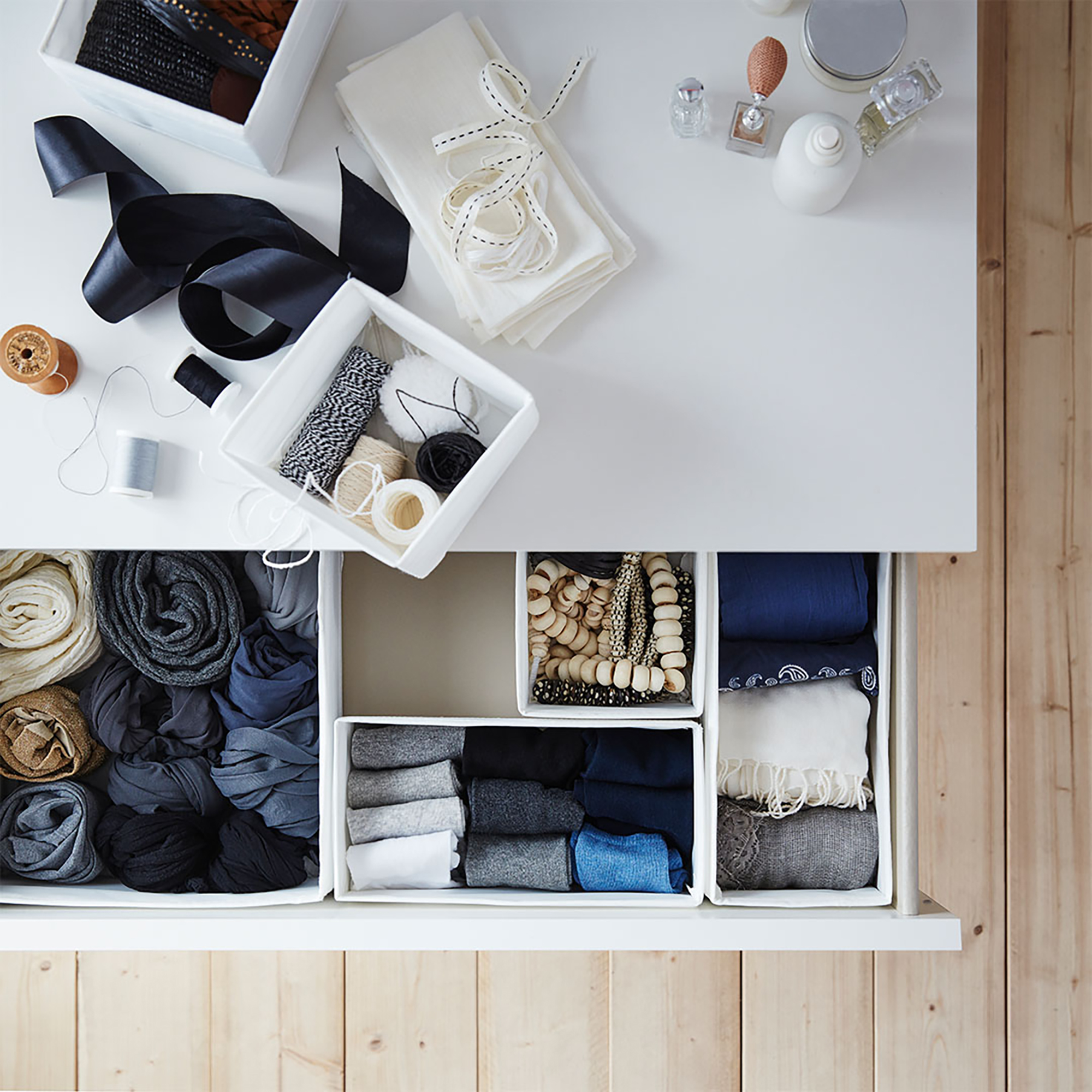
1. Committing to a specific decluttering strategy
While implementing a strategy can certainly help, people are starting to realize that there is no ‘one size fits all’ method when it comes to effective decluttering – what suits one person may not suit another. With that in mind, experts are now recommending a more intuitive approach.
Rather than assigning yourself to one in particular, try using a mix of strategies that work for you. If you’re after quick results but looking to avoid declutter regret, you could try the one-bag-a-day decluttering method, but create your own timeline, for example. The trick is to be flexible, not flakey… make your own rules, sure, but stick to them!
Design expertise in your inbox – from inspiring decorating ideas and beautiful celebrity homes to practical gardening advice and shopping round-ups.
2. Decluttering by category
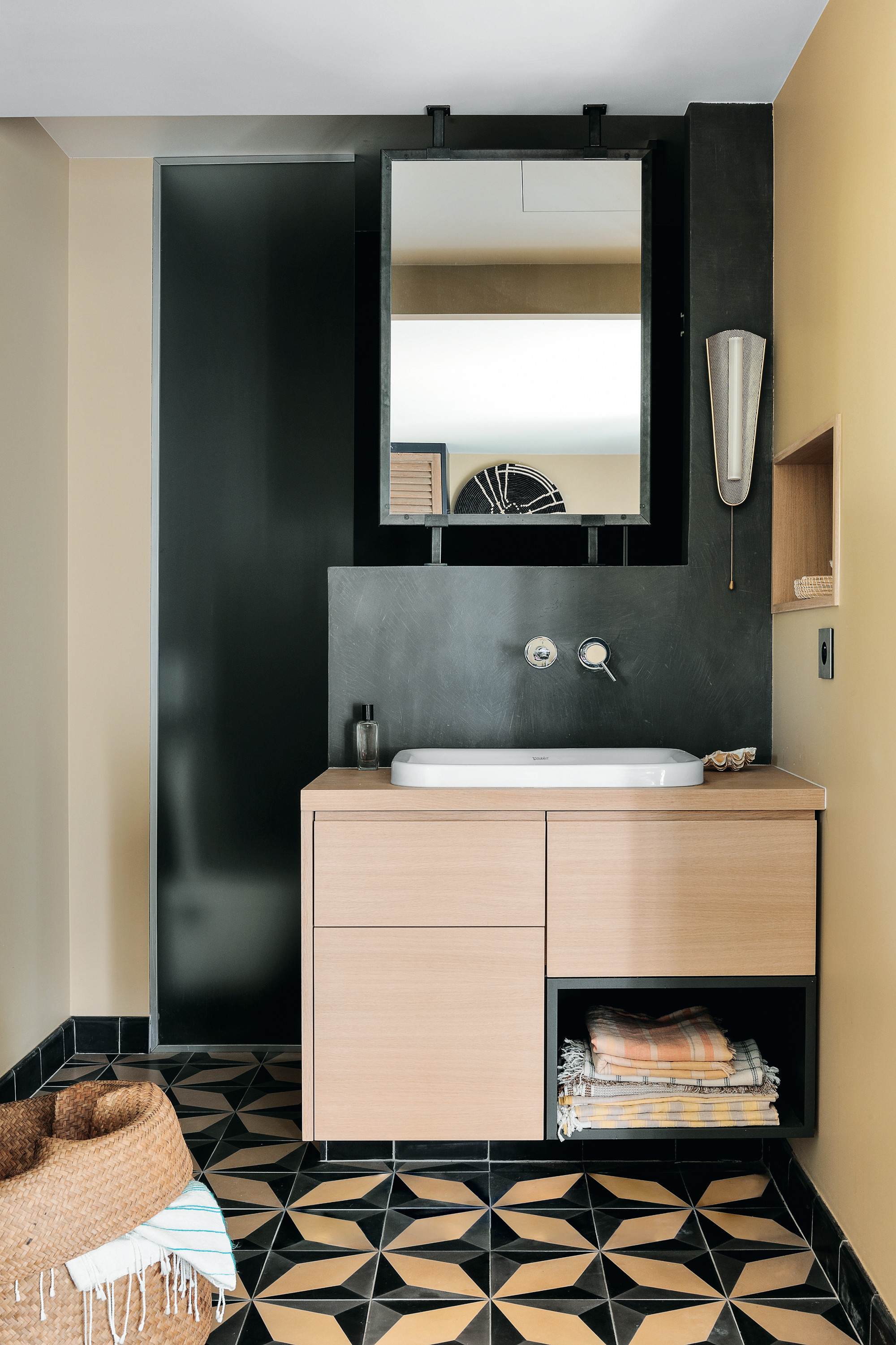
Decluttering by category (as opposed to room-by-room) was made popular by professional organizer Marie Kondo, and is arguably one of the most well-known methods out there. While there’s no denying it’s an effective way of making good progress through specific areas of the home (paperwork, clothing, books, etc) having to pull together relevant items from all over the house are pretty time-consuming.
‘Instead of focusing on specific categories, experts are now recommending a more holistic approach to decluttering, looking at the house as a whole and trying to find effective ways to reduce clutter across all areas of your home and lifestyle, not just a few at a time’, says Millie Hurst, section editor at Homes & Gardens.

Millie Hurst is Section Editor at Homes & Gardens, overseeing the Solved section, which provides readers with practical advice for their homes. Millie has written about and tried out countless cleaning and DIY hacks in the six years since she became a journalist, and has worked in both London and New York.
3. Prioritizing ‘getting rid’ over sustainable solutions
Up until recently, most methods instructed you to get rid of your decluttered items as quickly as possible – the longer you leave them hanging around, the more likely you are to change your mind. While this does make sense, hauling it all down to the tip isn’t the most environmentally-friendly thing to do. Now, people are focusing not just on what they’re getting rid of, but on how they’re getting rid of it, as well.
‘With excessive waste at the forefront of people’s minds, we’ve noticed a growing interest in sustainable and eco-friendly decluttering. This might involve repurposing or upcycling items, donating to thrift stores or community organizations, or participating in other sharing initiatives,' says Jennifer Rodriguez, chief hygiene officer at Prohousekeepers.
4. Only keeping items that ‘spark joy’
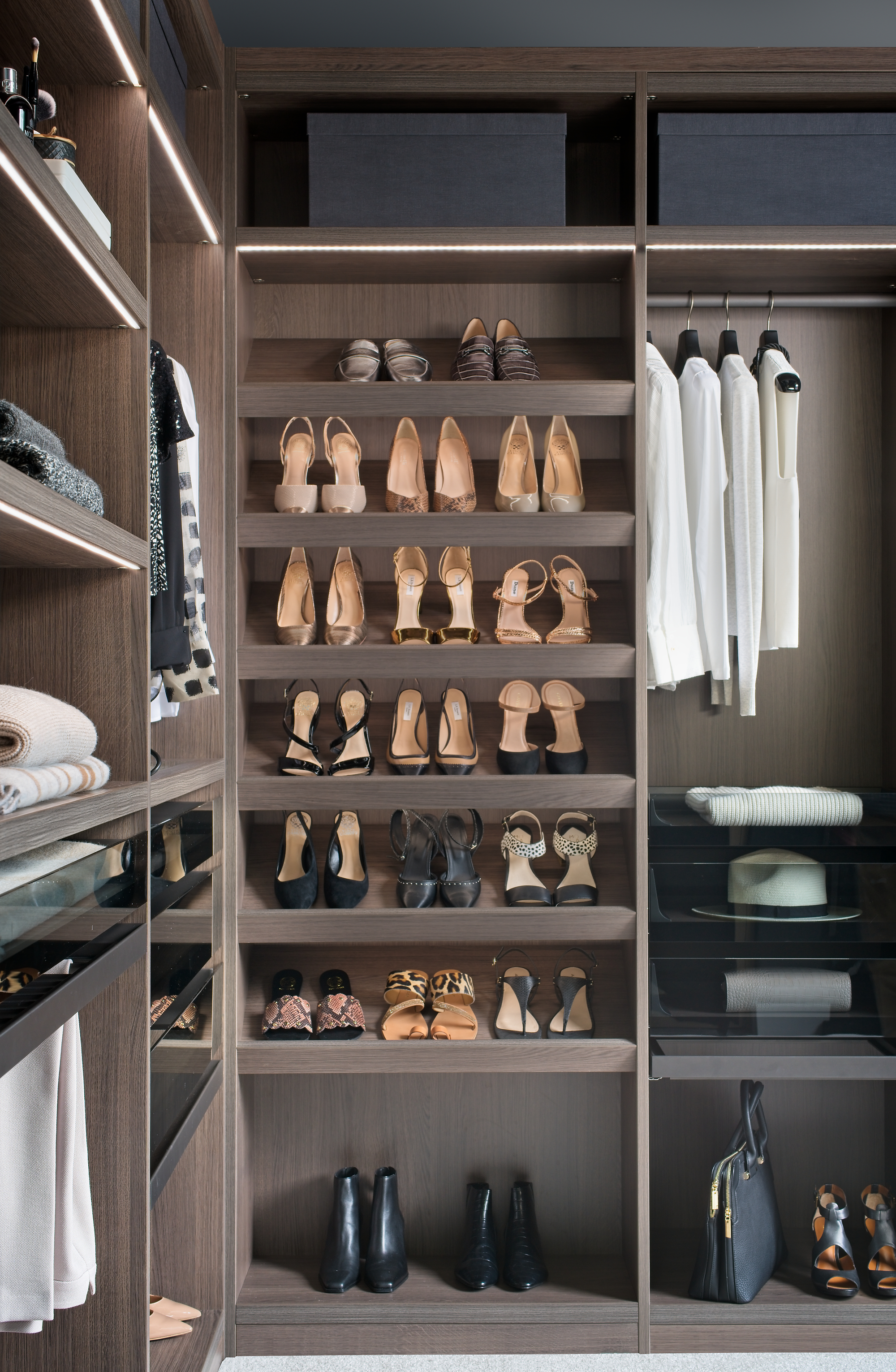
When decluttering ask yourself, ‘does it spark joy?’... If not, get rid. Initially popular, this seemingly ‘clear-cut’ decluttering tactic isn’t quite what it seems. While it has its place in certain areas of the home, when organizing clothes perhaps, it’s not quite so effective in others where practicality is prime – such as when organizing a kitchen. Does a vegetable peeler ever really spark joy? We’d say no. But does it deserve a spot in your kitchen drawer? Absolutely.
‘For a more practical approach, focus on how your items are serving you. First ask the question, "What role does this play in my home/life?" (which could be functional or aesthetic) and then, "Is it fulfilling its role?". Consider how often you use the item or if you own something else that serves you better in that role,' advises Verena Erin Polowy of My Green Closet.

Verena Erin Polowy is a Canadian sustainable fashion influencer currently based in Edmonton, Alberta. For over 10 years Erin has been learning about sustainable and ethical fashion. She has a deep passion for slow fashion, supporting designers and brands who are making sustainable changes in the industry, and helping others learn how their clothes are made and how to both shop and live more consciously.
5. Taking minimalism to the extreme
While living minimally is a great – and extremely popular – goal, it does instill an element of pressure. Not everyone enjoys minimalist living, and for some, it’s just not feasible. Rather than letting others tell you what is and isn’t necessary, work out what minimalist living really means for you, and your family.
6. Big (but infrequent) decluttering sessions

A bit like spring cleaning, decluttering has traditionally been labeled as one of those ‘once or twice a year only’ tasks. You might throw a few bits and bobs away in between, but everything else is left to be dealt with on your designated decluttering day. However, a more minimalist approach to life, in general, has seen people shift away from this ‘one-off’ tactic.
‘While spring is a great time to declutter, people are realizing that "continuous decluttering" – where you incorporate habits into your daily routine, such as decluttering a drawer a day (made easier by investing in non-slip drawer organizers, like these from Amazon) or setting aside five minutes to tidy – is the key to maintaining a well-organized home,' says real estate and design expert, Cam Dowski of We Buy Houses Chicago.
7. Decluttering and organizing at the same time
For those with busy lives, time-saving decluttering ideas are like gold dust when it comes to organizing our homes, and those that combine the two seem even more appealing… on the surface. What you’ll soon realize, if you haven’t already, is that trying to organize and declutter at the same time is one of the biggest decluttering mistakes you can make.
‘We often see people establishing organizational systems or pre-empting storage solutions as a first step to achieving a clutter-free home. While these may be helpful in the long run, they can make your life harder; products, in particular, can actually become clutter – and cost you unnecessarily – if you haven’t edited your belongings first,' says professional organizer Shannon Krause of Tidy Nest.
Only once you’ve completed the decluttering process fully are you best placed to work out the most suitable organization methods – and storage ideas – for what’s left.

Shannon Krause is a Certified Professional Organizer who holds a specialist certificate in Brain Based Conditions from the National Association of Productivity and Organizing Professionals (NAPO), and is a Certified Reiki Master which she incorporates into her work with clients. Tidy Nest has helped dozens of clients bring order into their lives and has won local awards recognizing their work.
8. Hanging onto ‘undecided’ items

The four-box decluttering method is pretty straightforward: set up four boxes in a room, label them ‘put away’, give away’, ‘throw away’ and ‘undecided’, then work your way through each item. While initially favored for its gentle approach to decluttering, an increase in demand for quick, perhaps more ruthless, decluttering methods has seen its popularity fade a little.
Allowing yourself an ‘undecided’ option can become a bit of a problem, particularly when you don’t establish a time frame for how long you can remain undecided – you’re essentially moving clutter from one area to another. The trick is to instill a time frame. Not used it in 6 months? Move it on.
9. Buying storage ahead of time
While we agree that effective storage is key to a decluttered home, getting sucked into buying stylish solutions before you’ve pared back your belongings is one trend that’s definitely not for us. Particularly when organizing small spaces – what’s more space-efficient than the savviest of small space storage ideas? Not needing them in the first place, that’s what!
‘Buying stylish storage baskets, like these from Walmart, may help you organize your clutter, but it doesn’t solve the underlying issue. Instead, focus your efforts on decluttering first and only keep items that you truly need or love. Then you’re in a position to work out what you need storage-wise,' says expert decluttering consultant Sarah Johnson, for Gardening Hood.
10. Overlooking digital clutter
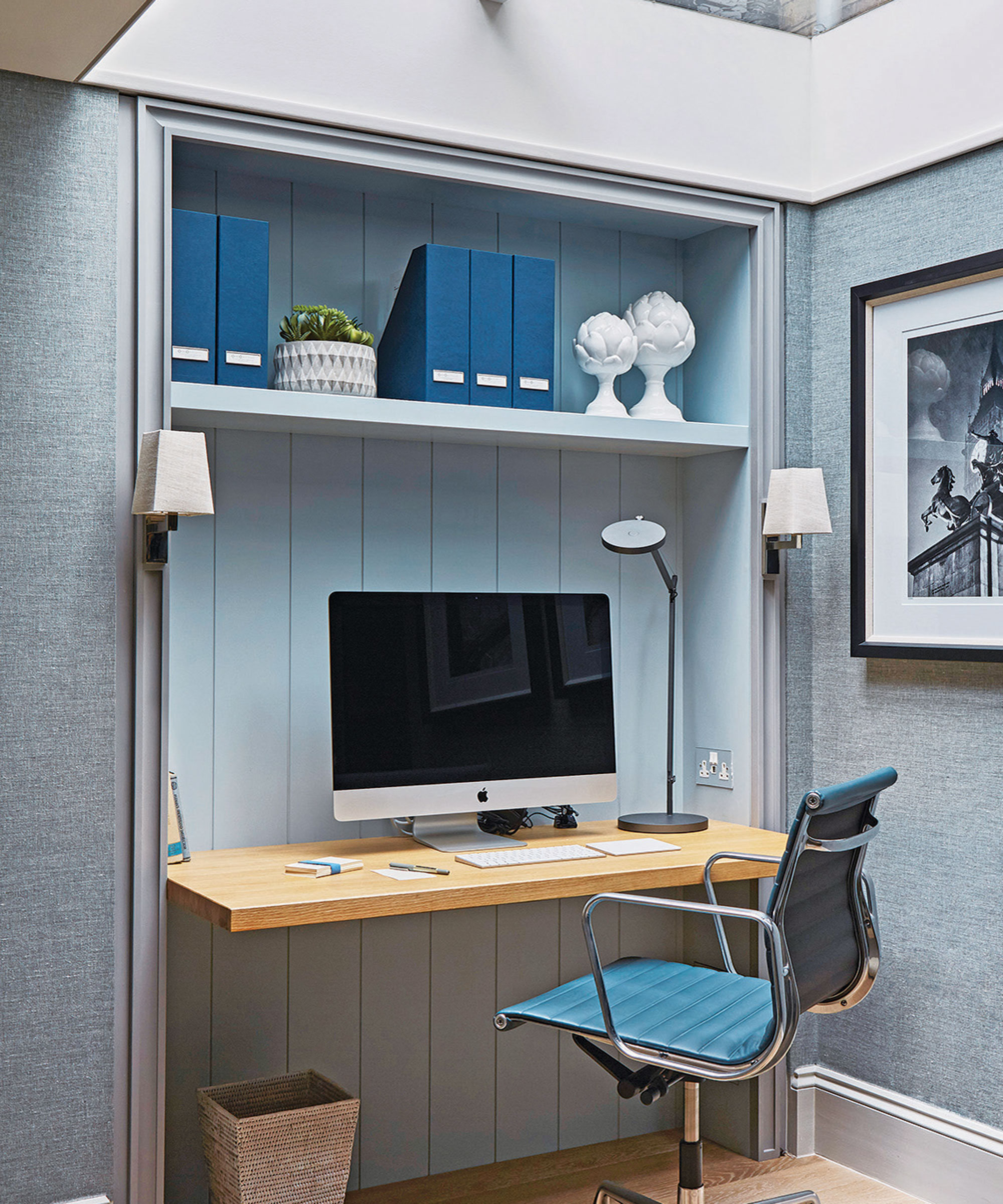
While creating a decluttering checklist is one trend we’re fully in favor of, we’re going to guess that digital clutter isn’t at the top of yours. But with life as tech-heavy, as it is, that’s one thing that needs to change. Decluttering your desktop is just as important as decluttering your actual desk these days!
FAQs
How often should you declutter?
How often you declutter really comes down to what approach you take. If you’re a fan of the ‘continuous decluttering’ approach (that is, little and often) and instill tactics such as the ‘one in one out’ rule, then you shouldn’t need to schedule bigger sessions as regularly as those who tend to let clutter build. Having said that, it’s always worth setting a reminder every few months or so, just to ensure you’re targeting all areas of the home.
‘I encourage my clients to declutter on a seasonal basis at least. It’s easy to remember, and helps free up room for changing activities and interests, swapping out the ski boots for the welly boots, the scarves for the sunglasses, and so on,' says decluttering and organization expert Amy Bloomer of Let Your Space Bloom.
You may disagree, but for us, there's a reason why these particular decluttering trends are falling off the radar. Bypassing them may well save you some time, not to mention unnecessary stress and upheaval. You're welcome!

For 10 years, Tara King worked as a Content Editor in the magazine industry, before leaving to become freelance, covering interior design, wellbeing, craft and homemaking. As well as writing for Ideal Home, Style at Home, Country Homes & Interiors, Tara’s keen eye for styling combined with a passion for creating a happy – and functional – family home has led to a series of organization and cleaning features for H&G.
